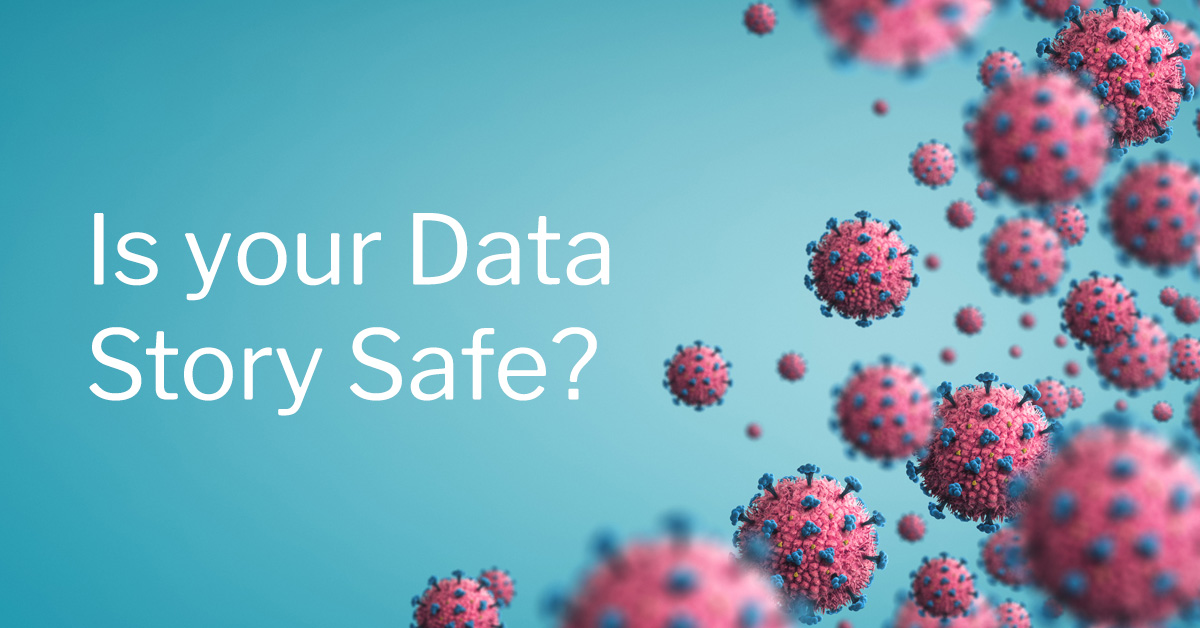
Is Your Data Story Safe?
As we navigate unprecedented times together, we inevitably find ourselves to be participants in a global data storytelling exercise; either as an author, contributor, or a reader. There are now hundreds, if not thousands, of data storytelling examples out there.
Here’s one that has made its rounds:
Politicians, Community Leaders and Business Leaders: What Should You Do and When?
It’s a riveting data story that’s been read over 40 million times, receiving over 230,000 claps, and translated into 30 languages. But is this data story ’safe’?
Making data stories safe
And what does ’safe’ really mean here? Looking at the responses to the article above and others, you see the same questions being asked, mainly:
- Who are you and why should I believe you?
- Who has peer reviewed and approved this? Did any subject matter experts contribute to this with you?
- Where does the data come from and is it trusted?
- What models have you applied to your thinking here? Can I explore them?
In Tomas Pueyo’s case, the author of the above article, the velocity of these requests have compelled him to perform multiple updates and clarifications to his original article including seeking out additional endorsements from experts and epidemiologists.
These requests and actions that ultimately build up to a bigger question: as a decision maker, can I trust this data story and will it help guide me to make the best decisions not just for myself but for my organization?
Data storytelling: the new normal in your business
As data stories become more prominent in analytics consumption, these same requests and expectations will surface not just around visualizations and numbers but around narrative and context as well.
The good news is that vendors who provide real data storytelling capability would have already considered these questions as part of the design process, so look for capabilities that deal with these concepts. Look for data storytelling capabilities that not only provide visibility but access and management around:
- Role access and relationships behind authors, peer editors, and contributors
- End-to-end data lineage for analytical content within data stories
- Governed exploration and analysis for new and existing content
- Curated data and predictive models through approved workflows
- Collaborative discussion to make informed and audit-able decisions
- Notifications to show and track multiple republishing to shared audiences
Most people are just now focused on this through the lens of coronavirus but the same data journalism concepts do and will apply to journalistic and analytic data stories in business. Fundamentally, data stories will be the most widespread way analytics is consumed and the current environment has only further accelerated this prediction.
So in the context of your business, do consider what’s needed to make your business data stories ’safe’ and ensure everyone is on the same page because, as we head into unprecedented times, we really can’t afford not to be.
Find out how to create governed data stories with Yellowfin
Find out how Yellowfin can help you create safe data stories by downloading the Gartner Critical Capabilities report that ranks Yellowfin #1 for Data Storytelling.